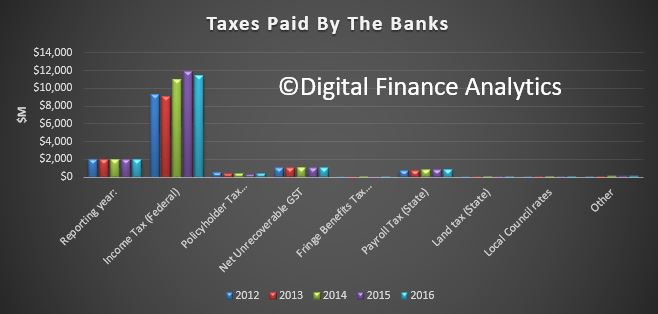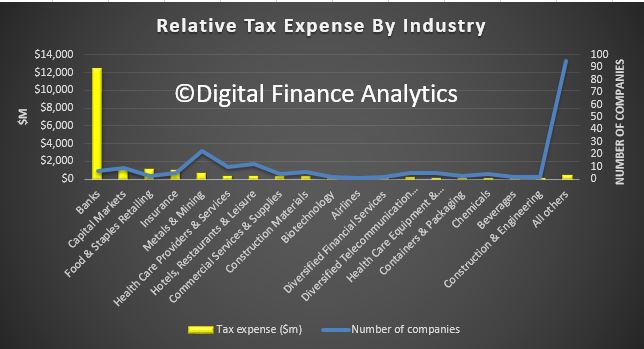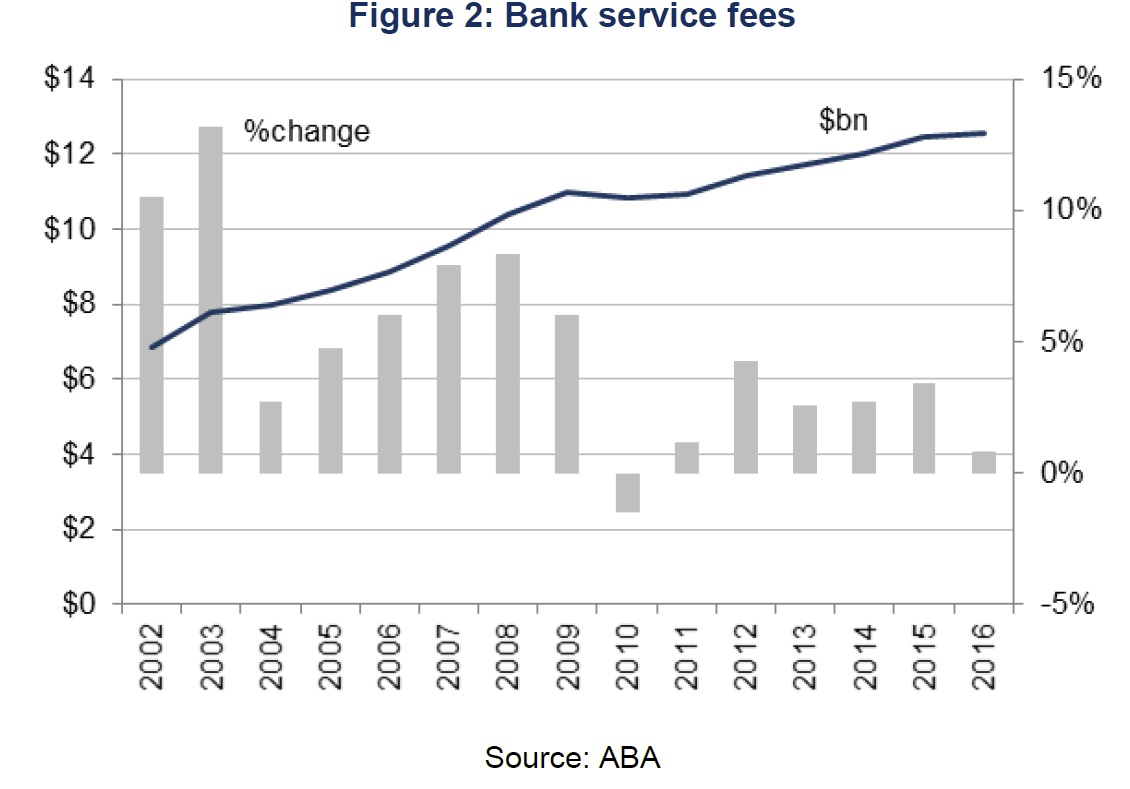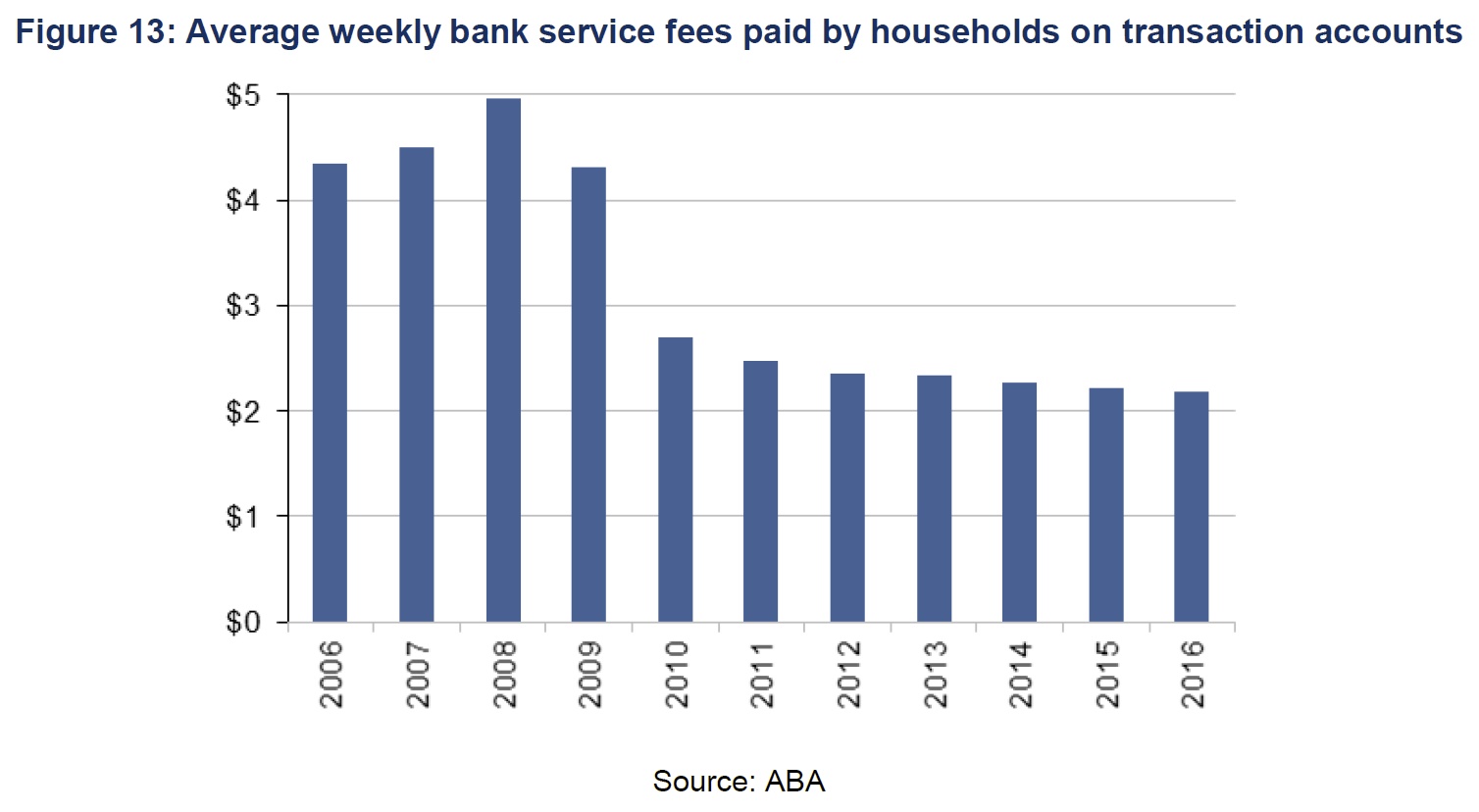From Mortgage Professional Australia.
The Australian Bankers Association wants commissions to be decoupled from loan size but is prepared to negotiate with brokers to find a new model, it has announced.
In an exclusive interview with MPA, the ABA talked through its submission to the Treasury and its views on commissions, volume related bonuses, soft dollar and self-regulation. “The ABA doesn’t have any preconceived ideas about the exact figures of the new [commission] model: what we are doing is working through the combined industry forum,” an ABA spokeswoman told MPA.
The combined industry forum, which involves the ABA, MFAA, FBAA and COBA, first met in June and is scheduled to meet later this month, with the broad objective of responding to ASIC’s remuneration review. Participants hold a range of different views, with the ABA telling MPA that “we do believe that the standard commission model will need to be de-linked from loan size”
However, the ABA played down suggestions of major changes to commission: “we don’t think that the concept of upfront and trail should be abandoned: we think that the entire model needs to be considered in the light of what promotes good customer outcomes”
Under the shadow of Sedgwick
The recommendations of the Sedgwick Review look likely to determine the ABA’s stance on questions of remuneration.
The ABA says Sedgwick’s recommendations ‘intersect’ with those of ASIC: Sedgwick called for commissions to be completely decoupled from loan size by 2020, but the ABA told MPA this was a final deadline: “banks are taking immediate steps to see how they can implement the Sedgwick recommendations but are we mindful about how these can be worked through with the rest of the industry.”
Although previously criticised for taking unilateral action, the ABA stated that “in terms of activity outside the forum, the ABA’s energy is invested in pursuing the objectives of the forum and our member banks are also committed to implementing the recommendations of the [Sedgwick] Review.”
ABA supports self-regulation
The combined forum has been portrayed by MFAA CEO Mike Felton as a potential basis for industry self-regulation and the ABA hesitantly support this view.
Although the initial objective of the forum was to respond to ASIC, the ABA told MPA, its purpose did “not necessarily” end there: “depending on the Government’s response and acceptance of the solution, we would look at self-regulatory mechanisms to implement it.” In principle the ABA supports self-regulation on the basis it can drive change “more quickly, and avoid unintended outcomes for industry and consumers.”
Consumer advocates criticised self-regulation for inadequately representing consumer interests. However, the ABA told MPA this was unfair: “an immediate objective of the forum is to set up an appropriate and responsive channel to socialise our thinking with consumer groups and obtain their feedback. We’ll be acting on that quickly: it’s not in response to the submission: it was always our intention of the forum.”








